The sudden resignation of Vice President Jagdeep Dhankhar on July 21, 2025, citing health concerns, has set in motion one of the most consequential constitutional processes in India’s political landscape. As the nation grapples with the implications of this unexpected departure, attention has swiftly turned to the critical question: who will succeed him in the country’s second-highest constitutional office?
Dhankhar’s Brief but Turbulent Tenure
Dhankhar’s three-year tenure as Vice President was marked by unprecedented controversy and constitutional confrontations. Elected in August 2022 with a commanding victory—securing 528 votes out of 710 cast, representing 74.37% of the electoral college—Dhankhar initially appeared to have strong political backing. His election was positioned by the BJP as elevating a “kisan putra” (farmer’s son) to high office, reflecting the party’s outreach to rural and OBC constituencies.
However, his time as ex-officio Chairman of the Rajya Sabha proved deeply contentious. Opposition parties accused him of conducting proceedings in an “extremely partisan manner,” leading to the historic no-confidence motion moved against him in December 2024. This motion, while ultimately unsuccessful due to procedural constraints, represented an unprecedented challenge to the office’s traditional non-partisan character.
Dhankhar’s resignation letter, invoking Article 67(a) of the Constitution, cited health concerns, but the timing—amid mounting political pressure and during the Monsoon Session of Parliament—has fueled speculation about deeper motivations4. The departure of only the third Vice President in Indian history to resign mid-term adds weight to questions about institutional pressures in contemporary Indian politics.
Read more: A Silent Protest? Vice President Dhankhar’s Resignation Questions BJP’s Grip on Power
The Constitutional Framework for Succession
With Dhankhar’s resignation, the Constitution mandates that a new Vice President must be elected “as soon as possible“. The electoral process is distinctly different from presidential elections. The electoral college consists of 788 members—543 from the Lok Sabha and 245 from the Rajya Sabha—including both elected and nominated members. Unlike presidential elections, state legislative assemblies play no role in Vice Presidential elections.
The election follows the single transferable vote system with proportional representation, conducted by secret ballot. Candidates must be at least 35 years old, Indian citizens, and qualified for Rajya Sabha membership. A candidate needs a minimum of 20 proposers and 20 seconders from Parliament, along with a security deposit of ₹15,000.
The Coalition Arithmetic
The 2024 election results have fundamentally altered the political arithmetic for Vice Presidential elections. For the first time since 2014, the BJP lacks an absolute majority in the Lok Sabha, winning only 240 seats—32 short of the majority mark. This has forced Prime Minister Modi into coalition politics, heavily dependent on key allies.
The current NDA composition includes crucial partners: Telugu Desam Party (TDP) with 16 seats under Chandrababu Naidu, Janata Dal (United) with 12 seats under Nitish Kumar, Shiv Sena with 7 seats under Eknath Shinde, and Lok Janshakti Party (Ram Vilas) with 5 seats. These allies, with a combined parliamentary strength of approximately 453-460 votes in the electoral college, provide the NDA with a comfortable majority for Vice Presidential elections.
However, the coalition dynamics have proven challenging. Both Naidu and Kumar have demanded key portfolios and special packages for their states, and their history of political realignments makes them potentially unpredictable partners. Congress has reportedly reached out to these leaders, keeping communication lines open for potential future shifts.
Leading Contenders
The Mukhtar Abbas Naqvi Factor
One of the most discussed potential candidates is Mukhtar Abbas Naqvi, the former Minority Affairs Minister. At 64, Naqvi resigned as Union Minister in July 2022 when his Rajya Sabha term ended, leading to widespread speculation about his Vice Presidential candidacy. His supporters argue that his candidature would be strategically advantageous for several reasons.

Naqvi’s appointment would address the BJP’s challenges regarding minority representation. After his departure, there is no Muslim minister in the Union Cabinet, and the BJP has no Muslim MPs among its nearly 400 parliamentarians. His candidature could potentially neutralize Opposition criticism about the party’s treatment of minorities, particularly following controversial statements and policies.
The former minister’s political maturity and constitutional expertise, demonstrated during his tenure in various roles including Deputy Leader of the Rajya Sabha, make him a credible choice. His role in recent BJP victories in traditionally challenging constituencies like Azamgarh and Rampur further enhances his political credentials.
Kerala’s Arif Mohammad Khan
Arif Mohammad Khan, currently serving as Governor of Bihar after his tenure as Kerala Governor, represents another strong possibility. At 73, Khan brings a unique political journey spanning multiple parties—from Congress to Janata Dal to BJP—reflecting his principled stands on various issues.

Khan’s defining moment came in 1986 when, as a Minister in Rajiv Gandhi’s government, he resigned over the Shah Bano case, taking a stand for gender justice that endeared him to progressives while establishing his credentials with the BJP. His subsequent political journey, including periods of distance from the BJP following the 2002 Gujarat riots, demonstrates independent thinking that could appeal to diverse political constituencies.
As Governor, Khan has maintained a “people’s Governor” image while being unafraid of controversy. His constitutional expertise and experience in high office make him a viable candidate, though his age and sometimes contentious gubernatorial tenure might be considerations.
Read more: As MAGA Revolt Over Epstein Files Intensifies, Is Trump Administration Under Threat?
The Surprise Candidate: R.N. Ravi
Tamil Nadu Governor R.N. Ravi, despite his controversial tenure in the state, remains a potential candidate. Born in 1952, Ravi brings extensive experience in intelligence and security matters, having served as Chairman of the Joint Intelligence Committee and Deputy National Security Advisor.
Ravi’s role as interlocutor for the Naga peace talks demonstrated his conflict resolution skills, though his gubernatorial tenure has been marked by repeated clashes with the DMK government. His appointment could signal the Centre’s intent to maintain pressure on opposition-ruled states, though it might also be seen as rewarding contentious behaviour.
The Women Contenders
The possibility of India’s first female Vice President has gained significant traction, particularly given the BJP’s emphasis on “Nari Shakti” and the recent focus on women’s representation in politics. Several prominent women leaders are being considered:
The Southern Strategy: Najma Heptulla
Former Union Minister Najma Heptulla, despite her age of 85, remains a significant figure in BJP circles. As the grand-niece of Maulana Abul Kalam Azad and having served as Deputy Chairman of the Rajya Sabha for 16 years, she brings unparalleled parliamentary experience.

Heptulla’s 2007 Vice Presidential candidature, though unsuccessful against Hamid Ansari, demonstrated her stature within the party. Her transition from Congress to BJP in 2004 and subsequent role as Manipur Governor showcased her administrative capabilities. However, her advanced age and recent gubernatorial tenure’s conclusion might limit her viability as a candidate.
Regional and Strategic Considerations
The choice of Vice President will likely reflect several strategic considerations:
Southern Outreach: With the BJP still struggling to establish a strong foothold in South India, selecting a candidate from the region could signal commitment to national integration. This factor favors candidates like Sitharaman or potentially reviving speculation around southern leaders.
Minority Representation: The absence of minority representation in the Union Cabinet makes the case for candidates like Naqvi or Khan more compelling, addressing both political optics and genuine diversity concerns.
Coalition Management: The need to maintain coalition harmony might favor consensus candidates who can appeal across party lines and avoid controversial backgrounds that might alienate allies.
Constitutional Expertise: Given the contentious nature of Dhankhar’s tenure, the next Vice President’s ability to conduct Rajya Sabha proceedings with dignity and fairness will be crucial. This factor favors candidates with parliamentary experience and constitutional understanding.
The Electoral Mathematics
With the NDA controlling approximately 293 seats in Parliament, the coalition has sufficient numbers to elect its preferred candidate. However, the reduced majority compared to previous elections means greater consultation with allies will be necessary. The TDP’s 16 seats and JDU’s 12 seats could be decisive if internal coalition tensions arise.
The Opposition’s 234 seats, while significant, are insufficient to prevent an NDA victory unless there’s a major coalition realignment. However, the reduced NDA margin means that any significant defection or abstention could complicate the electoral arithmetic.
The Timeline and Process
Constitutional provisions require the election to be held within 60 days of the vacancy. Given Dhankhar’s immediate resignation, the Election Commission is expected to announce the schedule shortly, with the actual election likely within 4-6 weeks.
The process will begin with the Election Commission’s notification calling for elections, followed by nomination filing (typically lasting two weeks), scrutiny of nominations, and campaigning before the actual vote6. The relatively short timeframe means political consultations and candidate selection must happen rapidly.
Implications for Governance
The next Vice President will assume the role of Rajya Sabha Chairman at a time when the Upper House’s composition has become increasingly important for the government. With several key bills requiring Rajya Sabha passage and the opposition strengthened after the 2024 elections, the Chairman’s role in facilitating legislative business will be crucial.
The new Vice President will also inherit the challenge of restoring the office’s non-partisan character after Dhankhar’s controversial tenure. This will require delicate balancing between party loyalty and constitutional propriety, particularly in managing parliamentary proceedings and interacting with opposition members.
Read more: Swachh Bharat Abhiyan: ₹12,000 Cr Spent, But Where’s the Clean India?
A Defining Choice
The selection of India’s next Vice President represents more than filling a constitutional vacancy—it reflects the BJP’s strategic vision for coalition management, minority outreach, and institutional governance. The choice will signal whether the party seeks to heal institutional wounds through consensus-building or continues with assertive political positioning.
The abbreviated timeline for selection means that behind-the-scenes consultations are likely already underway, with Prime Minister Modi and Home Minister Amit Shah likely playing decisive roles in the final choice. The RSS’s preferences, traditional regional considerations, and immediate political necessities will all factor into this crucial decision.
As India’s democracy continues to evolve in an era of coalition politics and institutional challenges, the next Vice President will inherit both the constitutional dignity of the office and the practical challenges of navigating contemporary Indian politics. The choice made in the coming weeks will reflect not only the government’s immediate tactical considerations but also its vision for institutional leadership in a complex democratic landscape.
The resignation of Jagdeep Dhankhar may have created an unexpected constitutional moment, but it also presents an opportunity to reset the Vice Presidency’s role and restore its traditional dignity. How the ruling coalition navigates this choice will offer important insights into Indian democracy’s resilience and adaptability in challenging times.
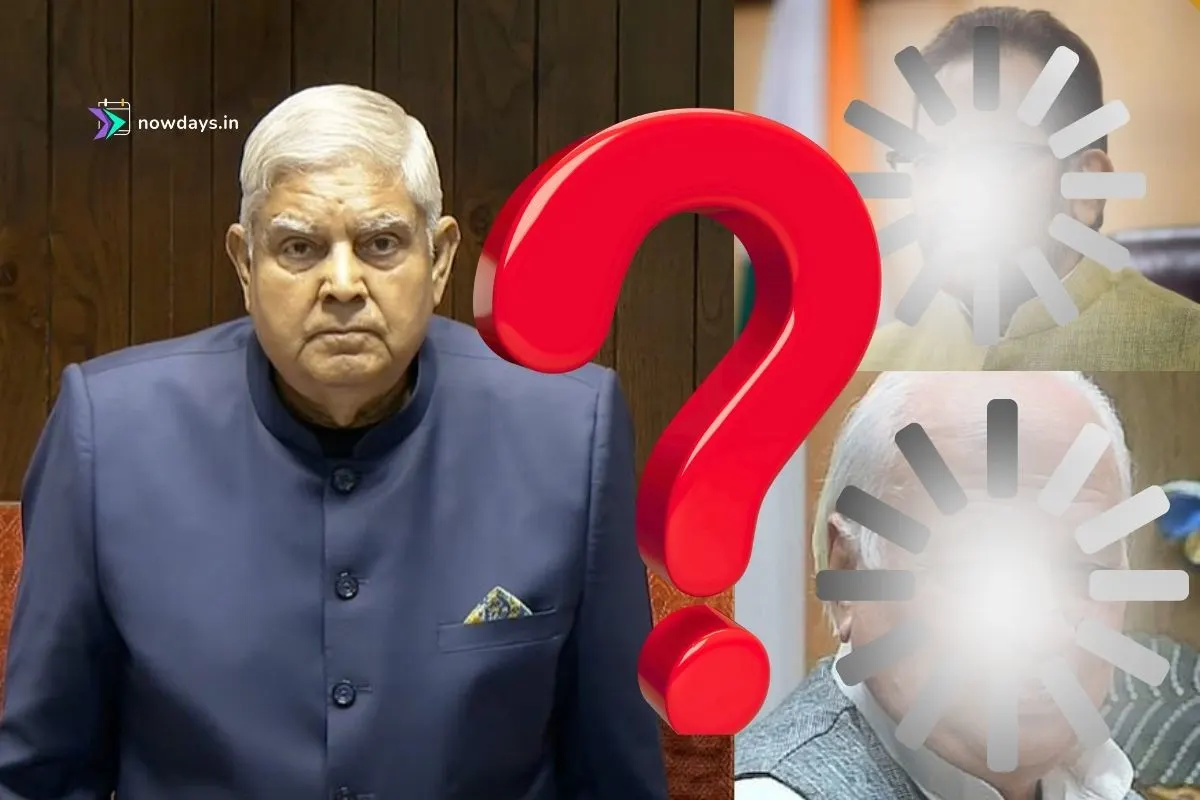
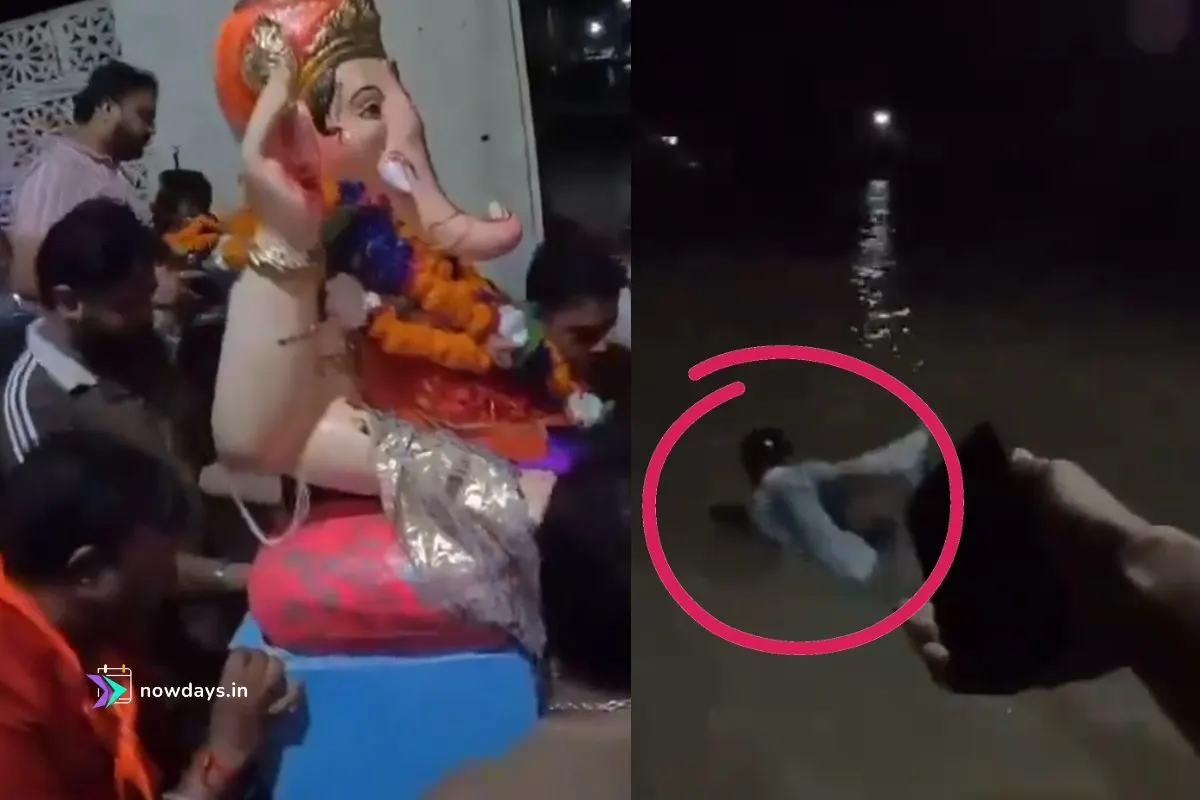

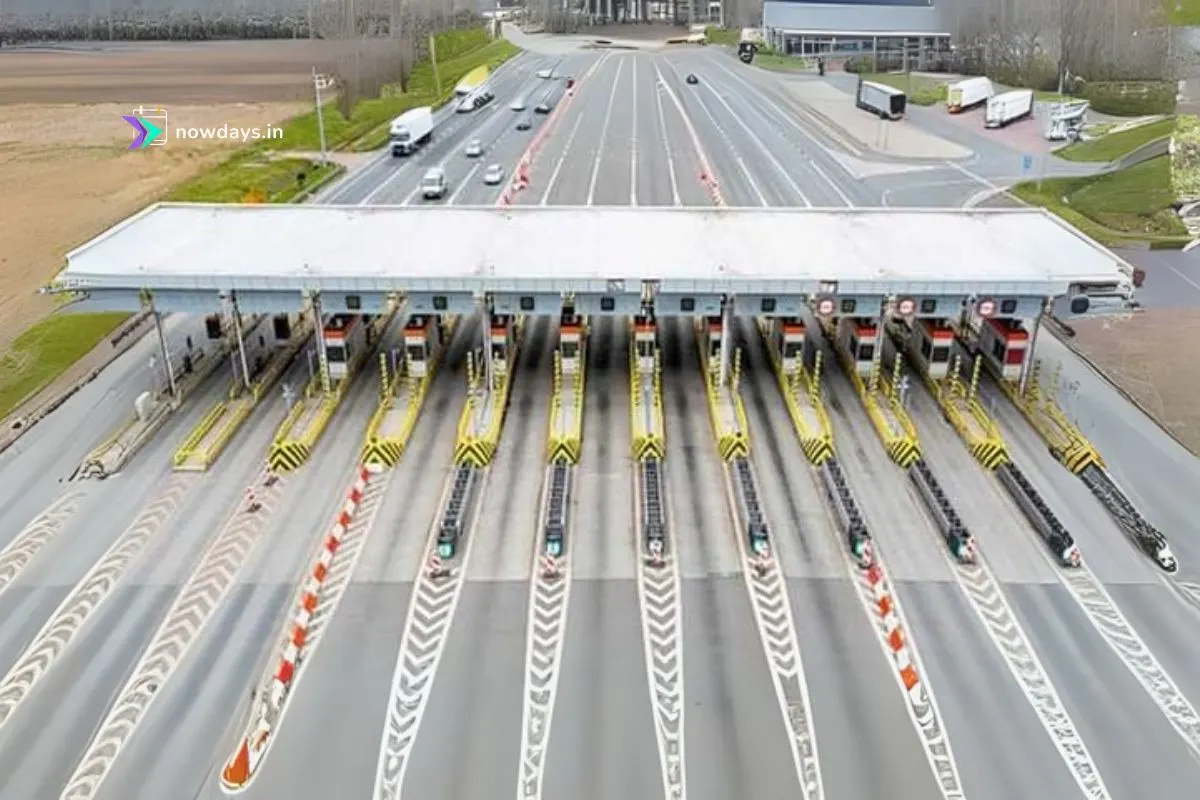
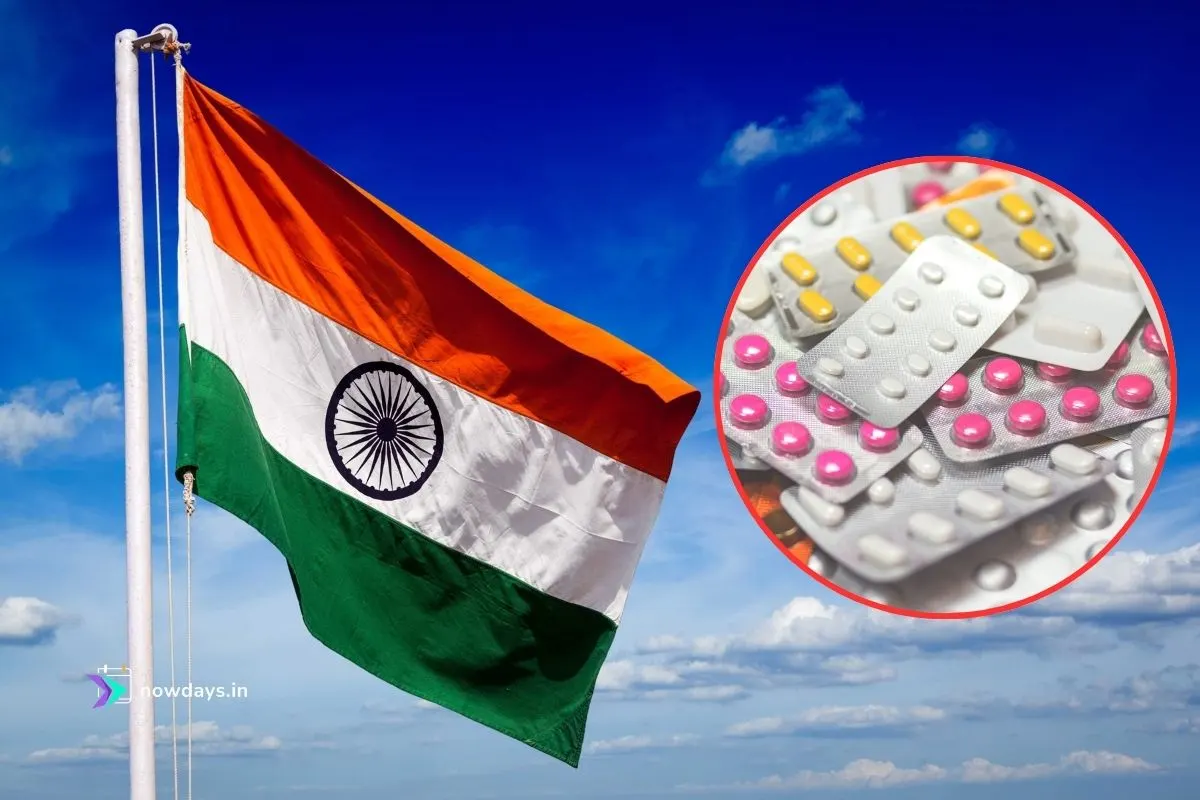

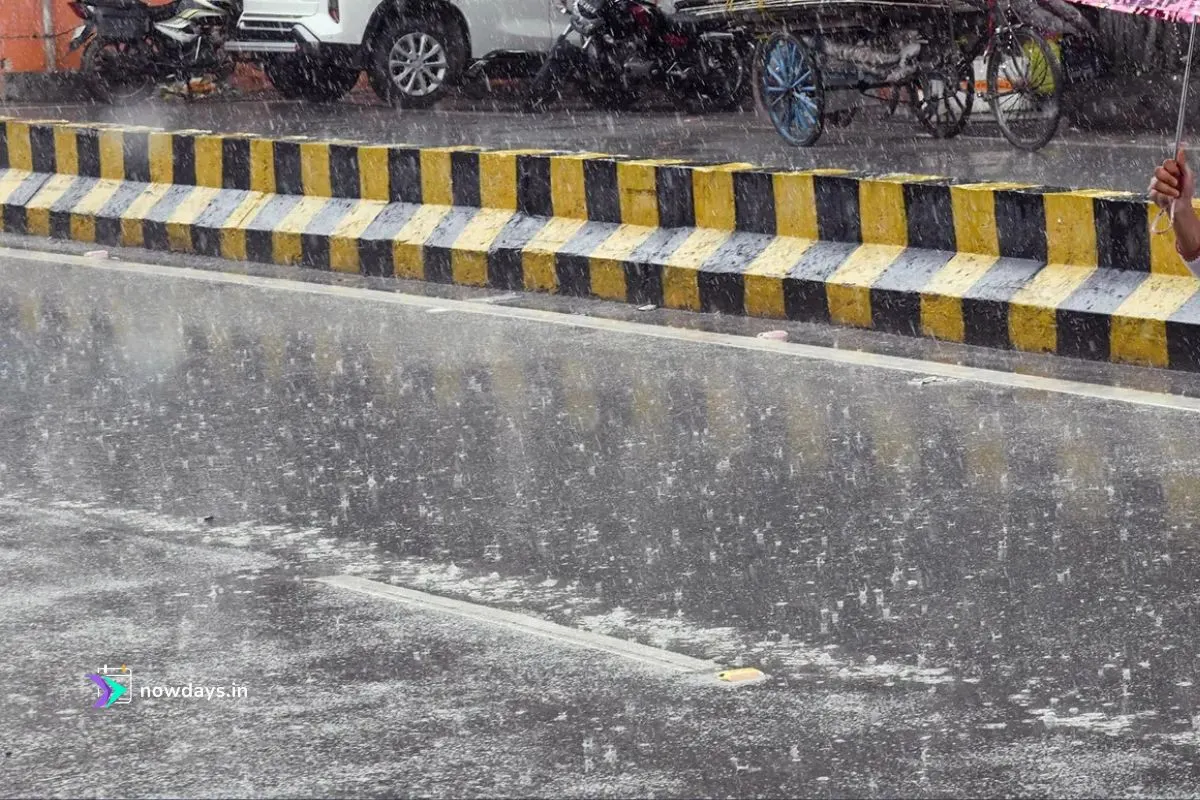
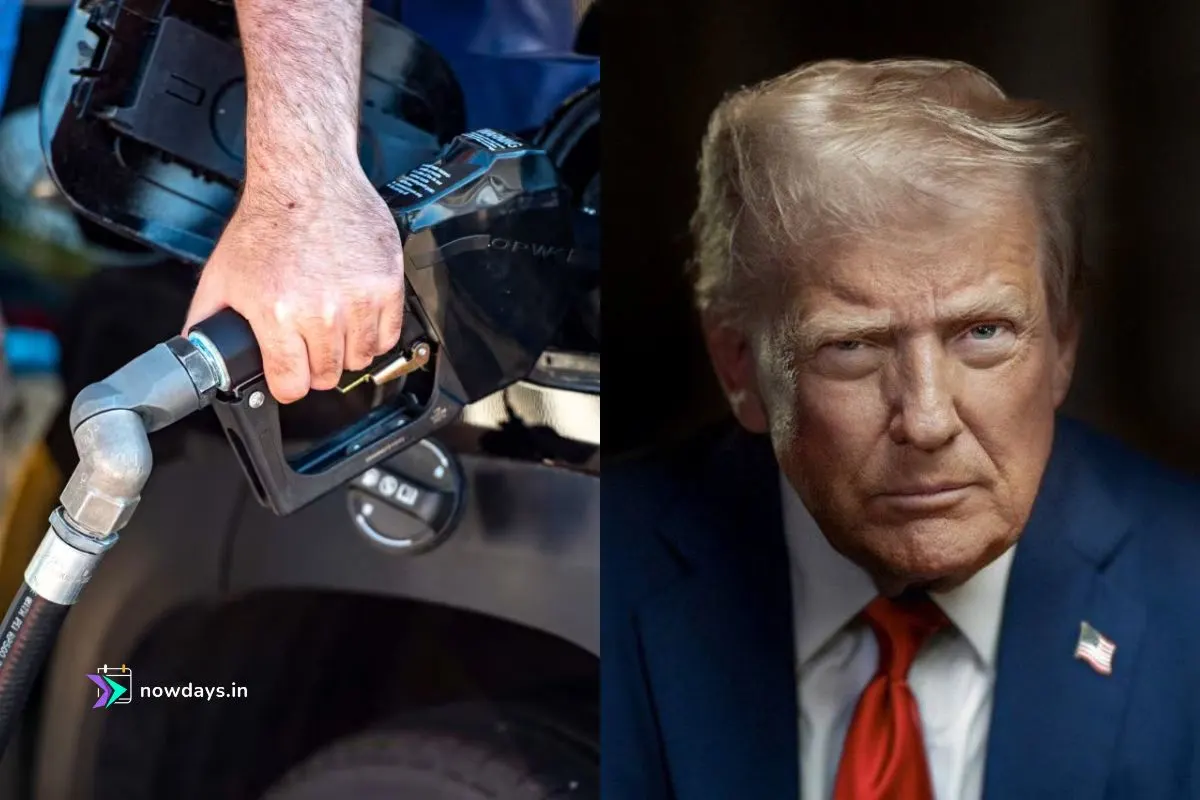
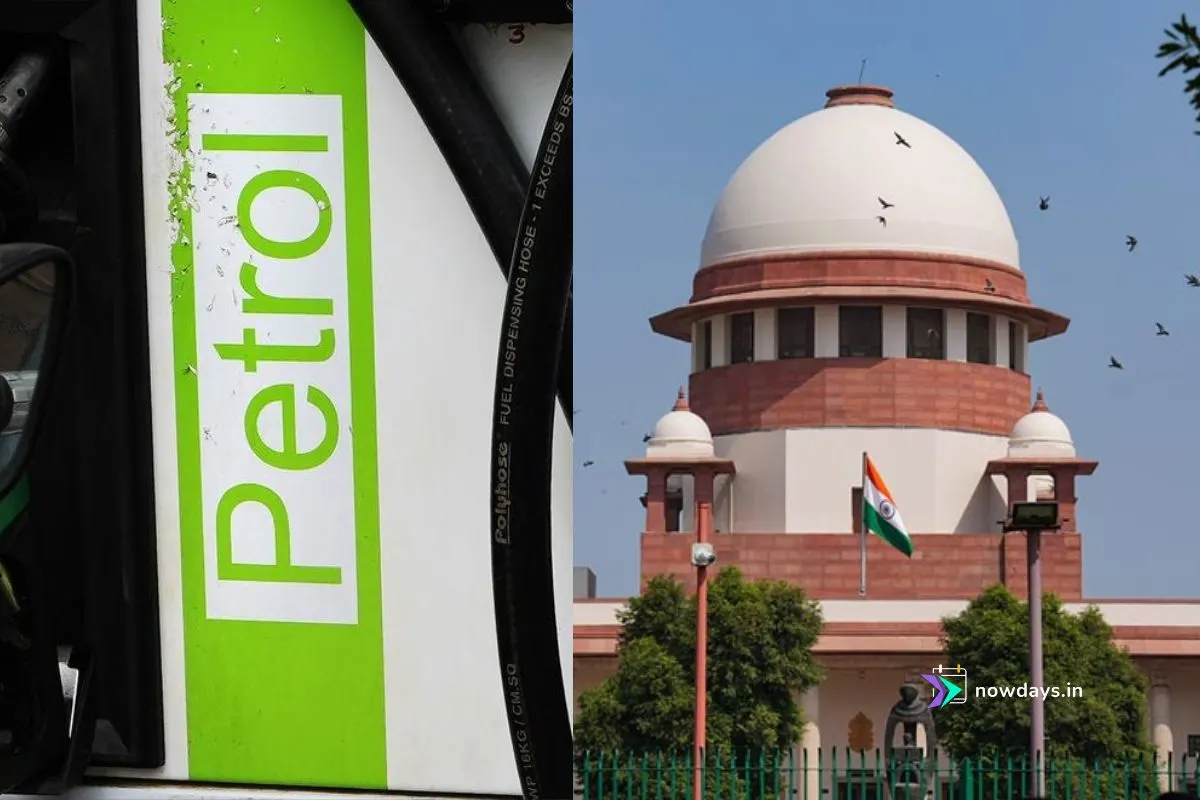

2 thoughts on “Jagdeep Dhankhar’s Tenure: Who Could Be India’s Next Vice President?”